The World Cup may not cure all of Russia’s soccer problems, but it has certainly led to conversations about how the country can start fixing them.
As the 2018 World Cup takes center stage in Russia, one question has magnified among soccer fans and spectators across the world: What does the real Russia look like?
Is it the image of a nation portrayed in the global political debate, personified by President Vladimir Putin, and tainted by racism, homophobia, and hooliganism? Or is it a country not very different than the rest of the world? One with its share of problems, but also a yearning for change—and a commitment and passion for the beautiful game, even in the face of tough circumstances.
Three years ago, Goal Click set out to tell stories from across Russia to answer some of these questions. Working with local photographers from throughout the country, from Kaliningrad to Yekaterinburg, Saint Petersburg to Volgograd, Goal Click: Russia documents the story of real Russia—and Russians—through the lens of soccer.
Going to Moscow for the World Cup? Here’s R&K’s guide to the Russian capital
The answers these local photographers found are not entirely surprising: as in most nations, there is an increasing divide between cities and the countryside in Russia. While Russians are hopeful about the country’s hosting of the tournament, their passion for the game is mixed with a layer of pessimism—that excelling under the current system is nowhere near possible. For others, the World Cup will not solve the problems in Russia—or Russian football—but they’re happy that it has triggered a conversation.
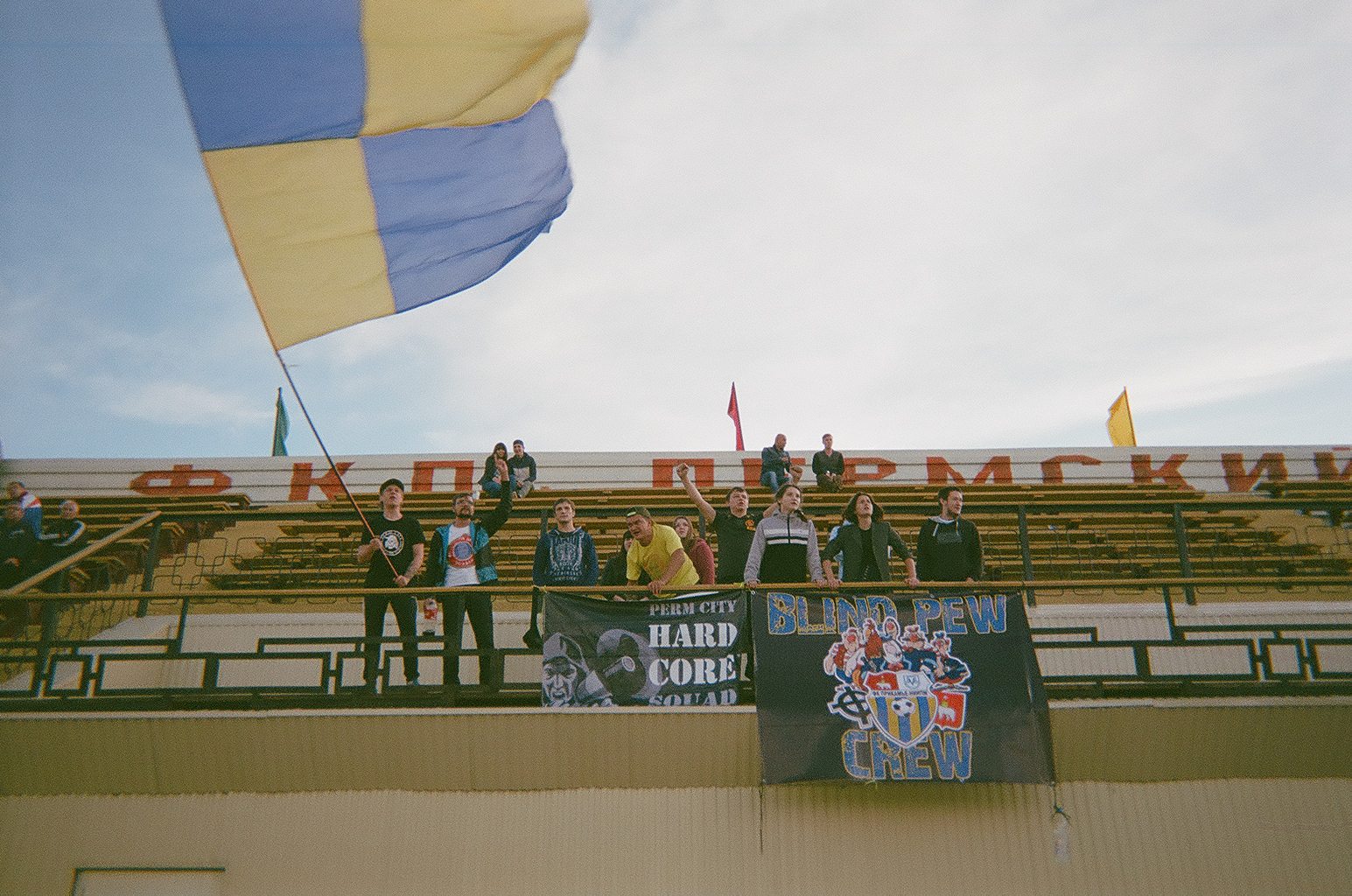
The stadiums in rural areas have changed little since the Soviet era, with old-fashioned facilities for fans and players—from changing rooms to seats for the fans. While the major Russian cities, mostly Moscow and Saint Petersburg, enjoy fresh injections of money and development of football infrastructure, the rest of the country continues to exist as it has in previous decades.
What you need to know before you go to Saint Petersburg
“The harsh nature of provincial Russia is displayed on the football pitches in the smaller towns,” says Sergey Novikov, who traveled across the country to document the world of Russian amateur football. “Life in most of these smaller towns is still like it was during the Soviet times.”
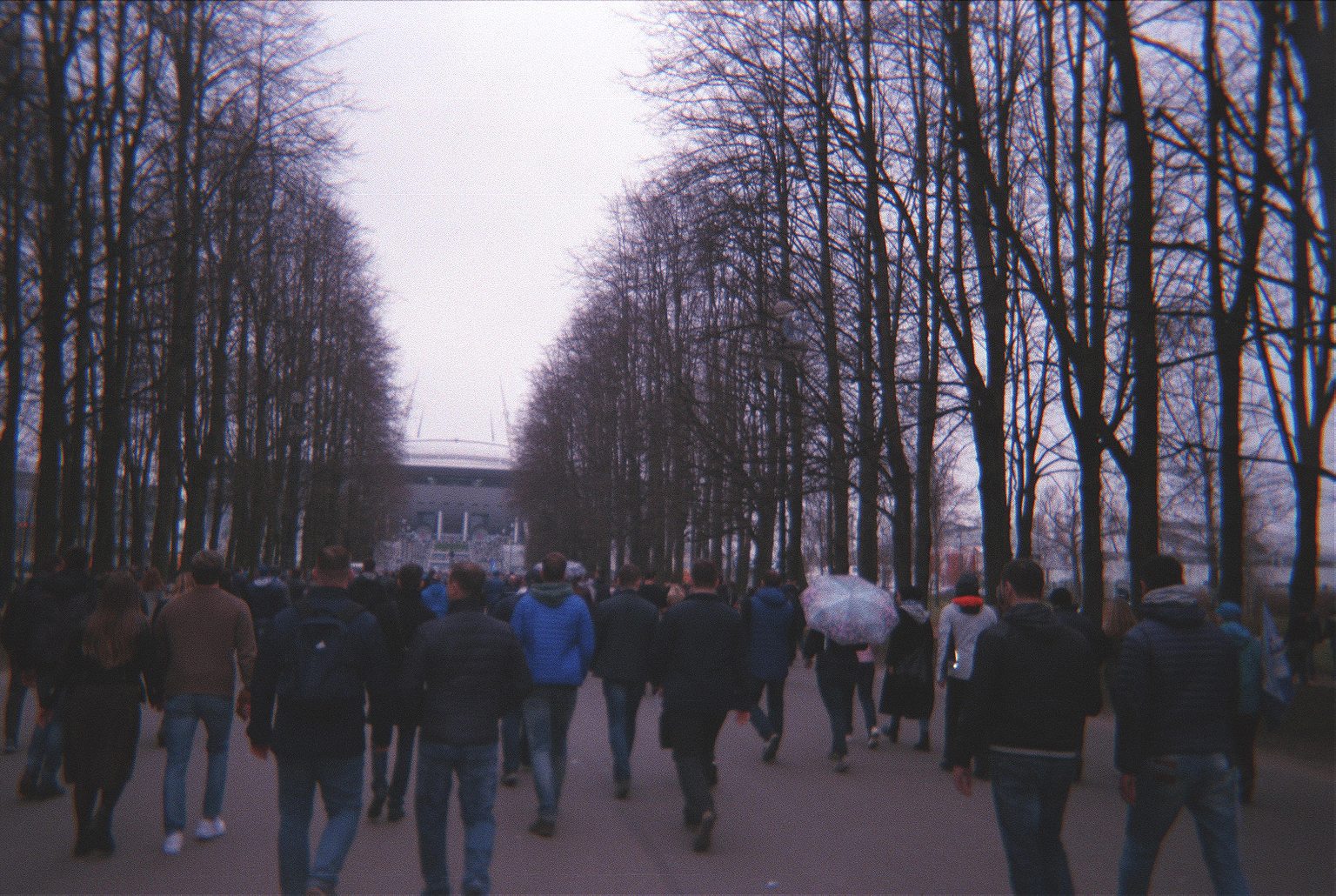
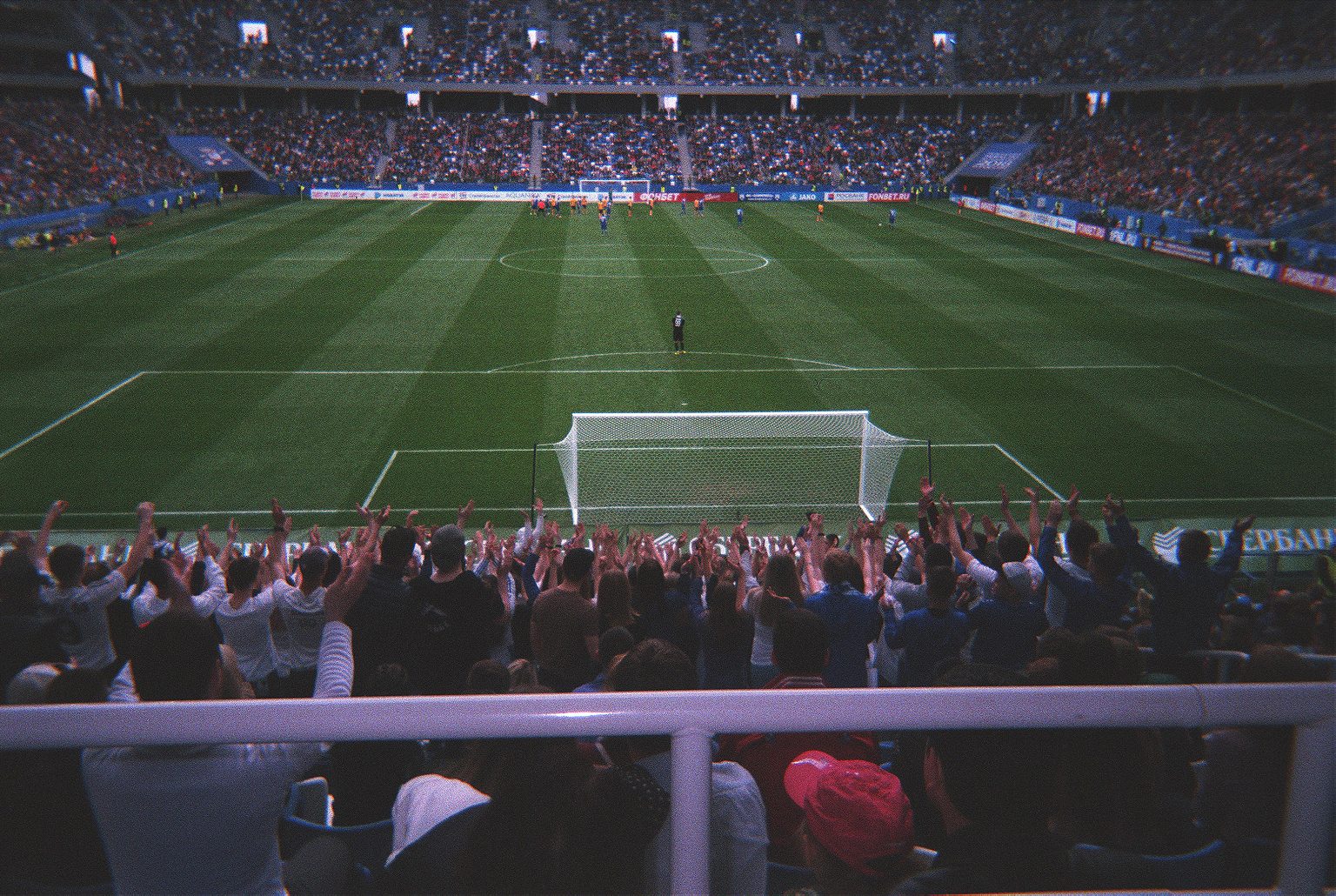
The same is true of provinces closer to the big cities. The differences in funding and facilities between urban centers and smaller towns in the region are stark, such as the disparity between Ayoub Abdelrahim’s home city of Saint Petersburg and the town of Tosno in Leningrad Oblast, about 30 miles from Saint Petersburg.
“The pitches in Tosno are quite poor and not upgraded like the one in Saint Petersburg itself,” says Abdelrahim. “In cities like Saint Petersburg, you can find full academies, and kids there have what they need to become future professionals—training sessions on a good pitch, organized and assisted with professional coaches and equipment.”
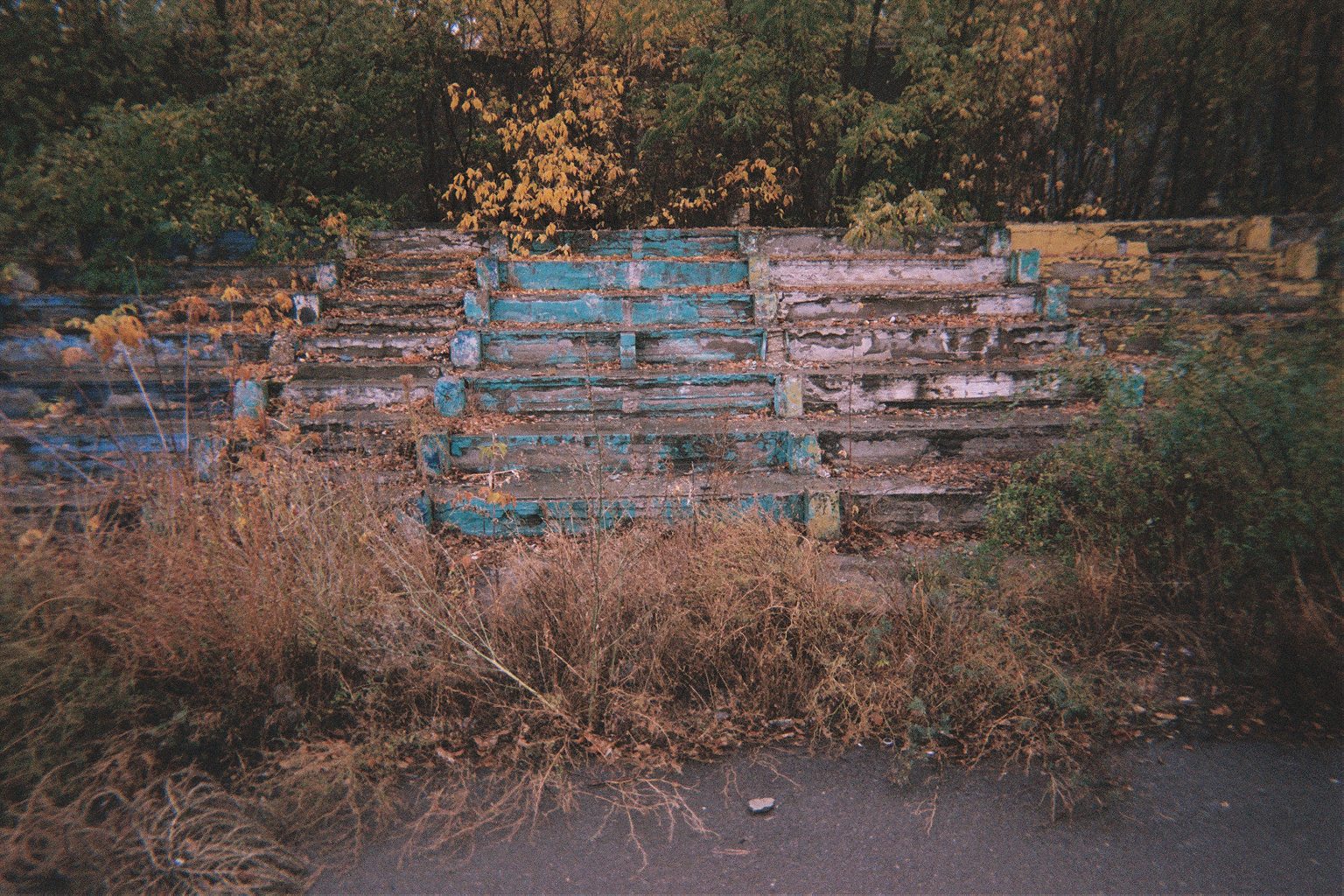

Photographs like these, from an abandoned football pitch in Volgograd, in southwestern Russia, get to the heart of one of the criticisms of the Russian football system—that the country is not producing a pathway for hungry, young players from the poorer regions, and instead concentrating its investment in the major population centers and elite clubs.
This has been exacerbated by the purchase of expensive, foreign stars in the Russian Premier League and the lack of Russian star players moving overseas.
The discrepancy in investment in smaller towns and cities has added a degree of pessimism and apathy towards the current state of soccer in the country. But that doesn’t mean Russians have lost their passion for the game.
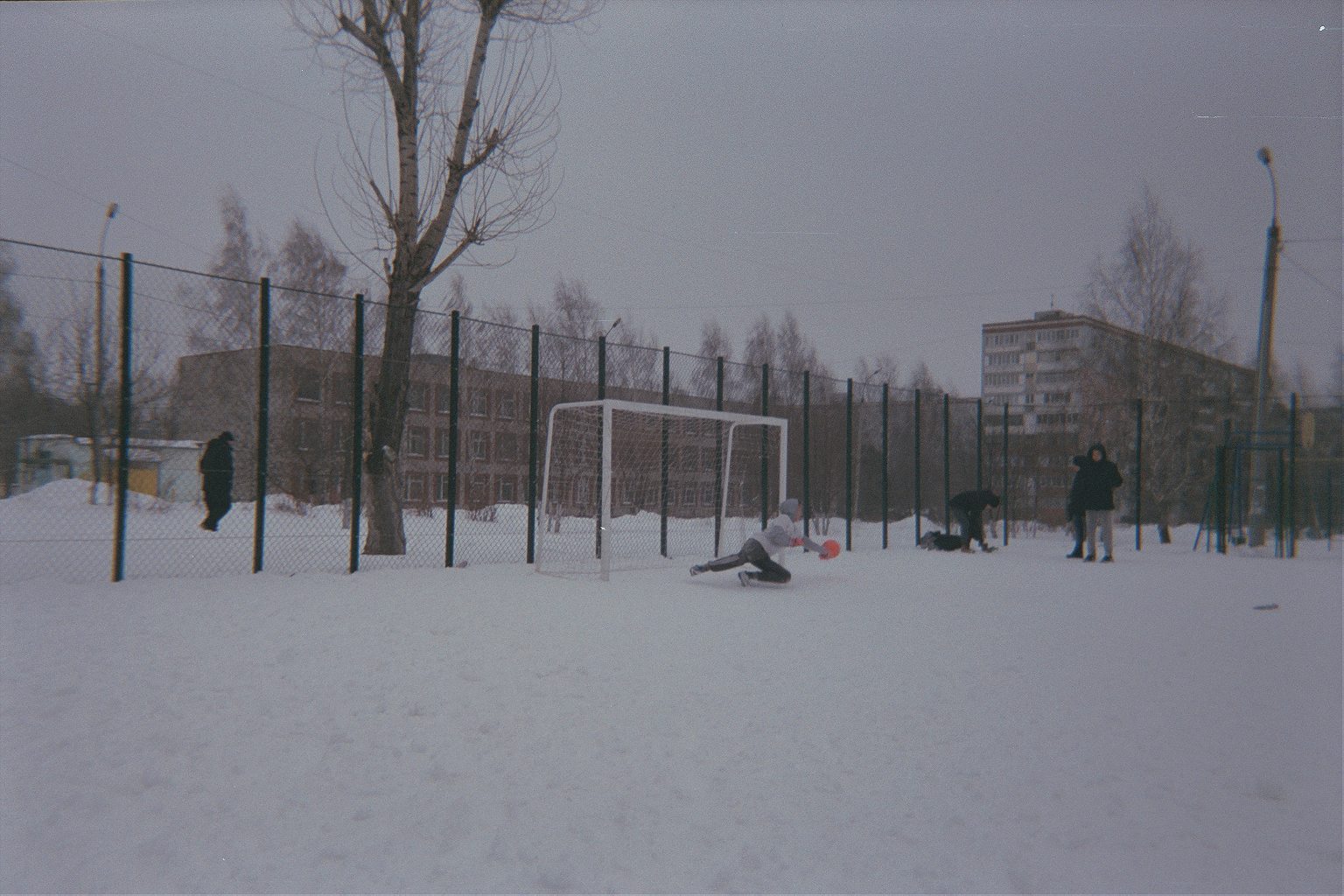
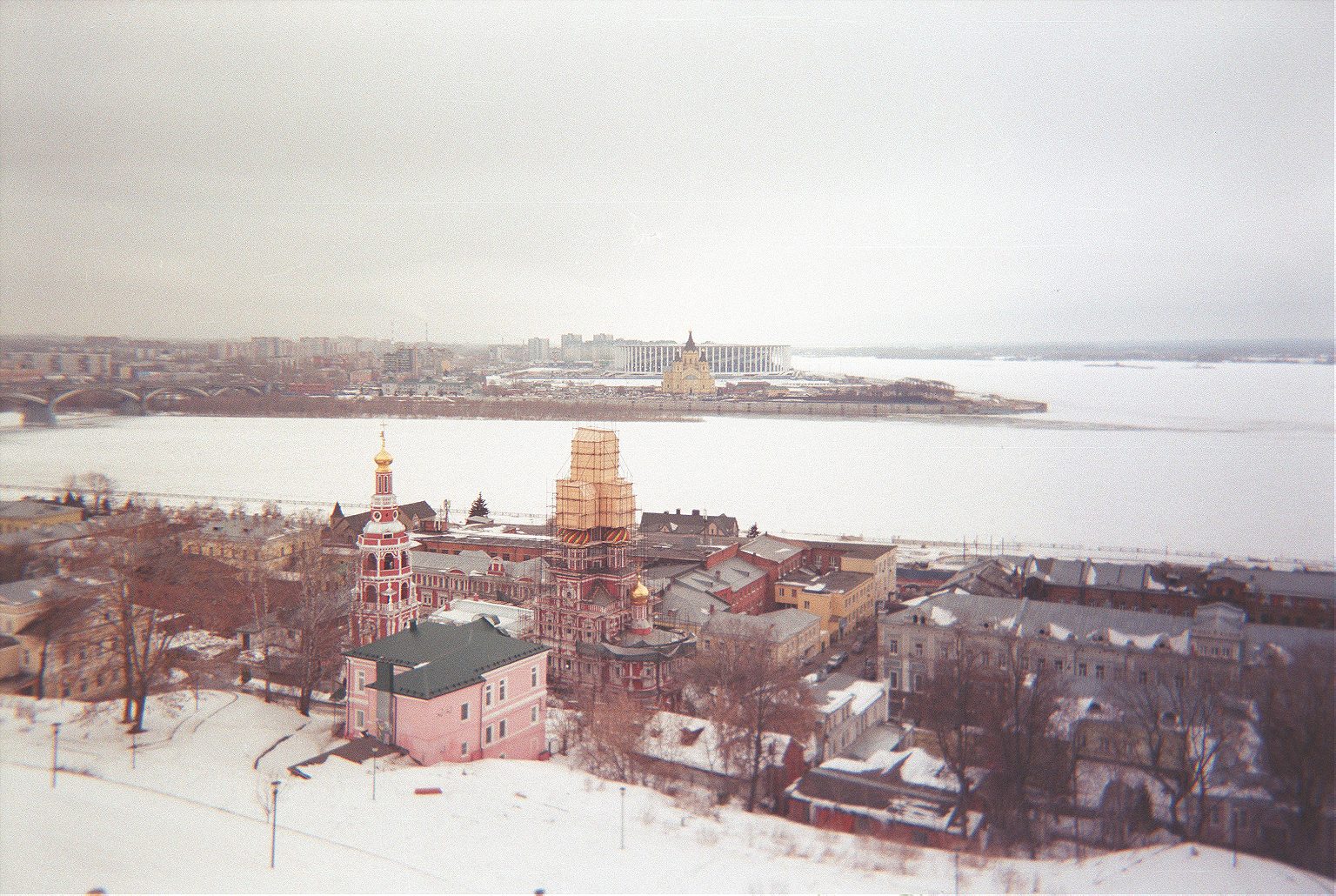
Although the country has not fared too well in international competitions in recent decades, the legacy of success during its Soviet years is healthy. After all, the USSR did appear in four UEFA European Championship Finals—they won one—and performed well in the World Cup games throughout the 50s, 60s, and early 70s.
Artem Sirotkin from the small town of Semyonov describes the story of his amateur team’s most experienced player, Philip Volchkevich. “Despite his regular job—he works at a local bank—he travels more than 40 miles three times a week by train to our city from Nizhny Novgorod for training and games,” Sirotkin says. “Our love for amateur football in the region is sincere, tough, and real.”

The World Cup can’t cure the problems of Russian football and society. But it can certainly be the start of a conversation on how to redevelop Russian football. “Our participation in the World Cup has allowed the city to move forward in solving some of those problems,” says Alexander Grivin, who explored abandoned stadiums and the building of new infrastructure in Volgograd.”
There were issues with stadium construction in a number of the World Cup host cities, including Volgograd, but those issues have led to discussions about the need for economic investment into the national conversation.
“The local football team is a tool to unite local communities,” says Sergey Novikov. “Shops, drinking parties, and football are the main attractions in a small town on a Saturday and Sunday—the same as in other small towns across Europe.”
Read more:
— What it’s like for a lesbian couple in Putin’s Russia
— Welcome to the World Cup of unrecognized nations
— How a Pakistani town became the center of the global soccer industry